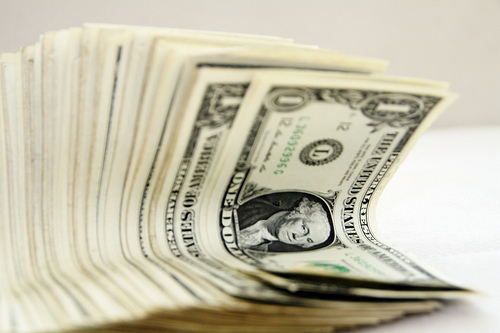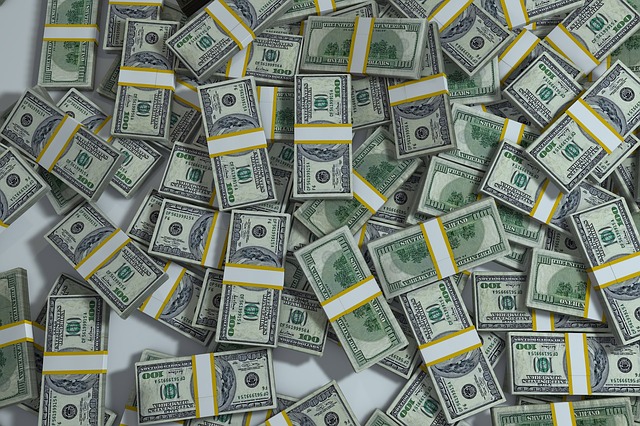As the world is still feeling the reverberations of the 2008 global financial crisis, a lot of blame has been directed onto subprime lending, and in particular mortgages, as the cause of much of the economic meltdown. However, subprime mortgages had their basis in good intentions, with their initial introduction aimed at helping less well-off families from getting on the housing ladder.
In 1999, Bill Clinton, perhaps the United States’ most equality driven president, asked the now notorious Fannie Mae, which at the time was America’s largest underwriter of home mortgages, to expand home loans to more people on low and moderate incomes. At the time, this was seen as a rather egalitarian move, allowing people without access to normal levels of borrowing, such as a credit card balance transfer or an overdraft, to buy their own home.
Reducing Risk
The problem with subprime loans was not in the initial intentions, but in the way banks tried to limit the risk that lending money to people with low incomes posed, whilst at the same time, make more money on the transaction. Of course, any money lent on a property has good security in the bricks and mortar. However, getting a return on any mortgage takes years and banks wanted a quicker way of making money on these subprime loans, while also limiting any potential risk. So they turned to what was seen as one of the greatest financial innovations of the 20th century, securitization.
Securitization is when banks bundle up loans into saleable packages, which they sell on to one another. Because the interest on subprime loans was much higher than normal loans, due to the credit risk of the borrowers, these securitized subprime packages offered large long-term rewards for buyers. By selling the loans on, banks reduced their risk, while at the same time the buyers of securities had the promise of a valuable long-term investment, which was seen as a win-win situation for all.
Rise and Fall of the Subprime
Banks began lending money to poorer and poorer people, tempting them with low initial interest rates. As a result, subprime lending doubled in just over a year, and because housing prices continued to rise, even those lenders the banks knew could never afford to continue repayments, the repossession rates would cover the loan and remove any risk. Until house prices fell.
Fuelled by record foreclosures as subprime borrowers failed to maintain their payments, house prices plummeted, as did confidence in subprime securities. What was once seen as a win-win investment opportunity now became toxic. The result was the loss of billions in the banking industry and the start of the worst financial crisis in 80 years. However, the victims in all this wasn’t the failed banks and investors left with worthless securities, but the innocent, low-income home owner, who, thanks to the greed and impatience of bankers and investors, ended up losing their homes.
Betting on Failure is no Way to run an Economy
The most powerful word in the financial markets is confidence. No matter how well or how badly a business, security or even a currency is doing, if it can maintain market confidence, the price will remain high. If the market for some reason loses confidence, then regardless of what the balance sheet says, prices plummet. So, with confidence playing such an important part of maintaining a healthy economy, the betting on failure could be argued to be one of the most toxic aspects of the entire economic system.
Hedge Funds
The phrase, “hedging your bets,” derives from bookmakers, who, when faced with a customer placing a substantial wager, hedge the bet, by placing their own wager elsewhere. And hedge funds are meant to work in the same way, reducing risk by insuring investments against failure.
Hedge funds deal in derivatives, an insurance contract that pays out when things go wrong. Derivatives are not necessarily a bad thing, companies and banks need some form of system to protect themselves from unforeseen events. However, during the global financial crisis, the derivatives market was poorly regulated, allowing a web of interlinked derivatives to accumulate across the insurance and financial services industry. As soon as a problem, such as the subprime crisis developed, financial insurers were left having to pay out huge sums. They then tried to recoup these losses by buying even more derivatives, causing a spiral of accumulating debt.
In the meantime, hedge funds were making so much money by betting on failures, their very presence was driving down confidence and leading to even more failures, which generated even more profits for the hedge funds and even more debt for the financial institutions. This resulted in the huge bailout figures that governments around the world have had to pay. The only winners in this whole fiasco have been the hedge fund companies. While derivatives and hedge funds didn’t start the financial crisis, this toxic investment in failure, certainly escalated it.






